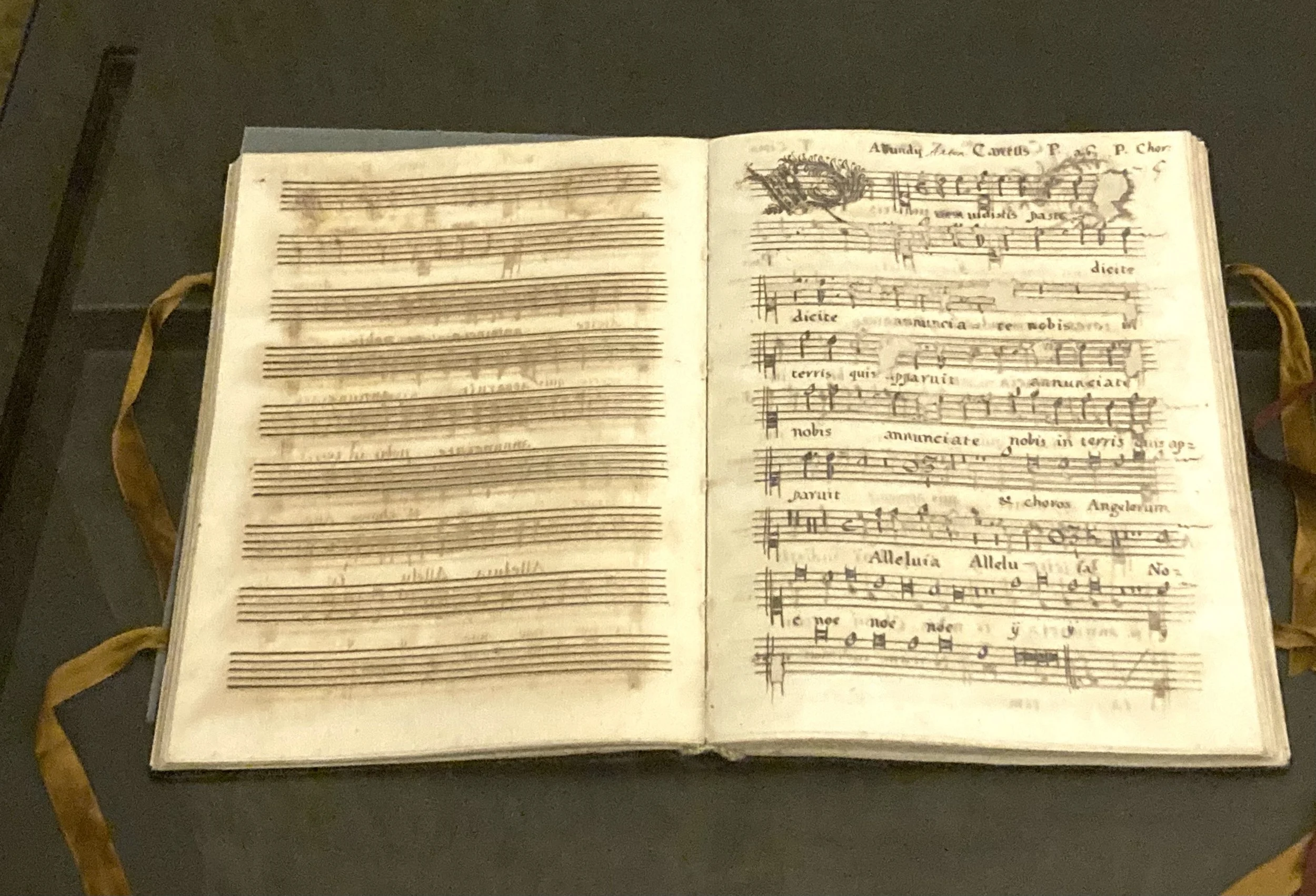Basilica di Santa Cecilia
Santa Cecilia was born to a wealthy Christian Roman family. When she grew older she promised herself to God and vowed to remain a virgin. Against her wishes, Cecilia’s parents promised to marry her to a pagan soldier named Valerian. On the day of the ceremony, she is said to have sung hymns to God in her heart, praying for protection. That night, an angel protected her and helped her convert her husband and brother-in-law to Christianity.
Cecilia remained a virgin and dedicated her life to preaching and converting others until she was executed in 230 AD. Although they tried to suffocate her and behead her, she was left only with severe injuries around her neck. As she lay dying, she continued to preach, sing, and pray. Today she is recognized as the patron saint of music for singing “in her heart.”
Address: Piazza di Santa Cecilia 22, 00153 Roma RM
Hours for visiting:
10a-1p, 4p-8p
Please be mindful of active mass.
The Basilica di Santa Cecilia in Trastevere is a unique baroque church dedicated to the young Christian martyr from the 3rd century. Tradition holds that the first church at the site was the young saint’s home, consecrated by Pope Urban I shortly after her execution. In the 9th century, the basilica was constructed by Pope Paschal I, who had a vision of Saint Cecilia. In his vision, she appeared to him and guided him to the exact location of her remains in the catacombs of Saint Callixtus. Pope Paschal I decided to move her remains to the new church to honor his vision. Since then, the basilica has undergone various renovations and expansions that have led to the cultural monument present today. Moreover, archaeological excavations over the years have revealed the remains of Cecilia’s house and portions of the original baptistery under the current church and are open to the public as well.
Several works of art have been commissioned for the church or repurposed from the original church including an ancient Roman cantharus used in the courtyard. Inside, the apse is decorated with a 9th-century mosaic depicting Christ the Redeemer with saints Paul, Cecilia, Peter, Valerian, and Agatha. They appear together with Pope Paschal I and a model of the church. A ciborium made of white and black marble, created by Arnolfo di Cambio in 1293, stands sheltering the altar, while the famous white marble sculpture of Saint Cecilia lies underneath the altar in a glass case. Stefano Maderno sculpted the saint in the same way she was found in her tomb.
A beautiful spring day by the fountain at Santa Cecilia.









